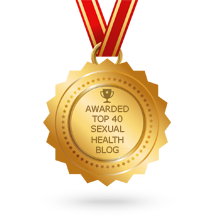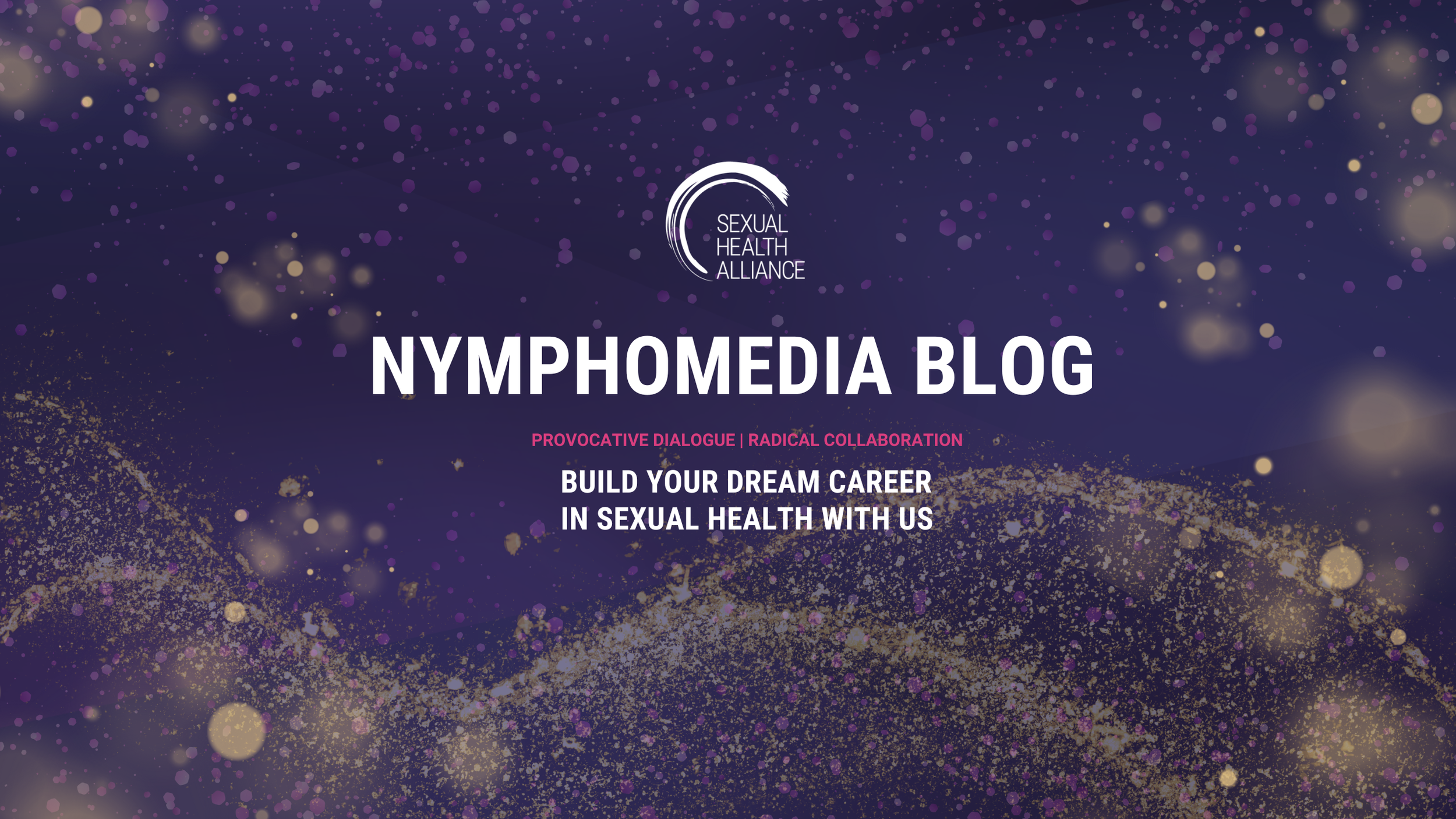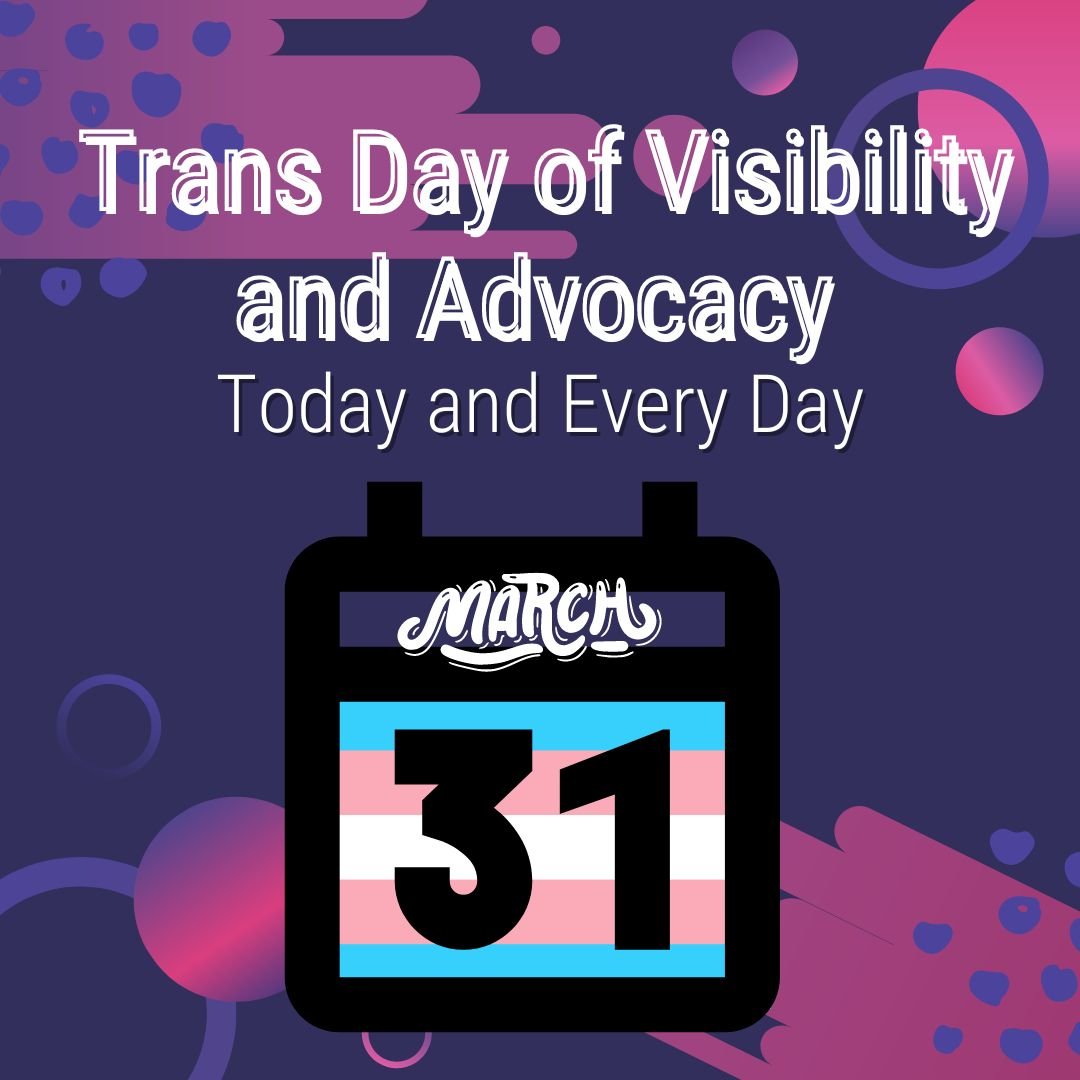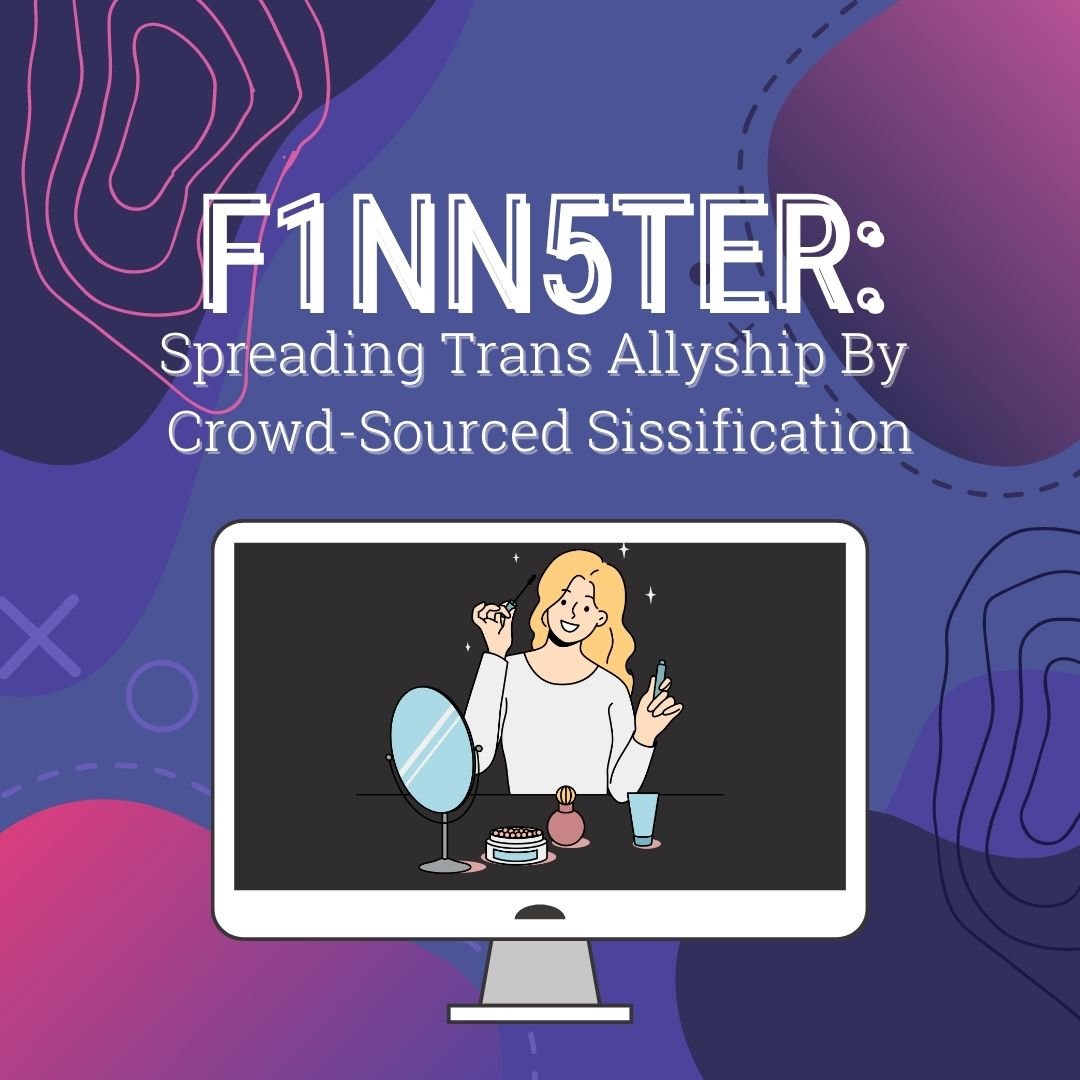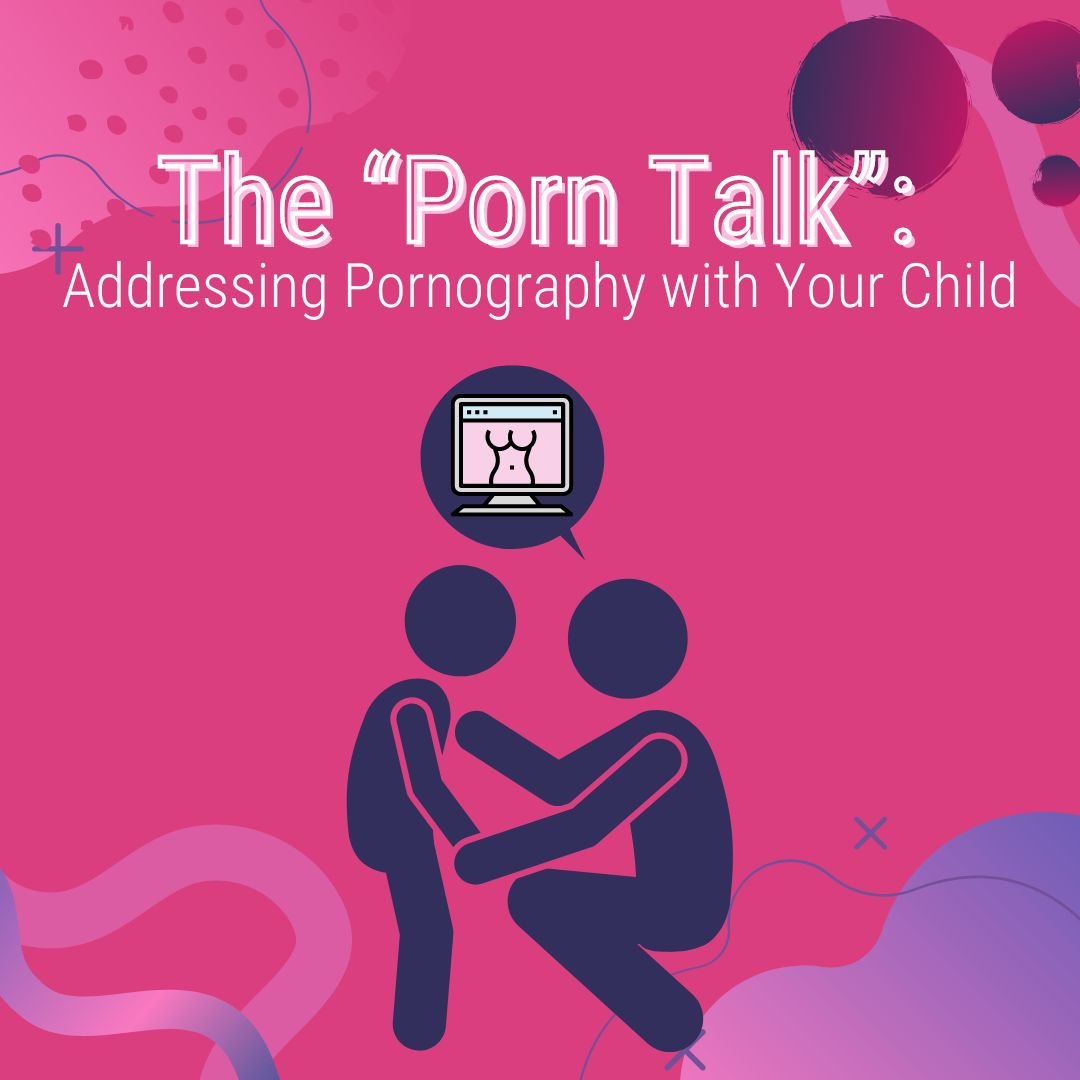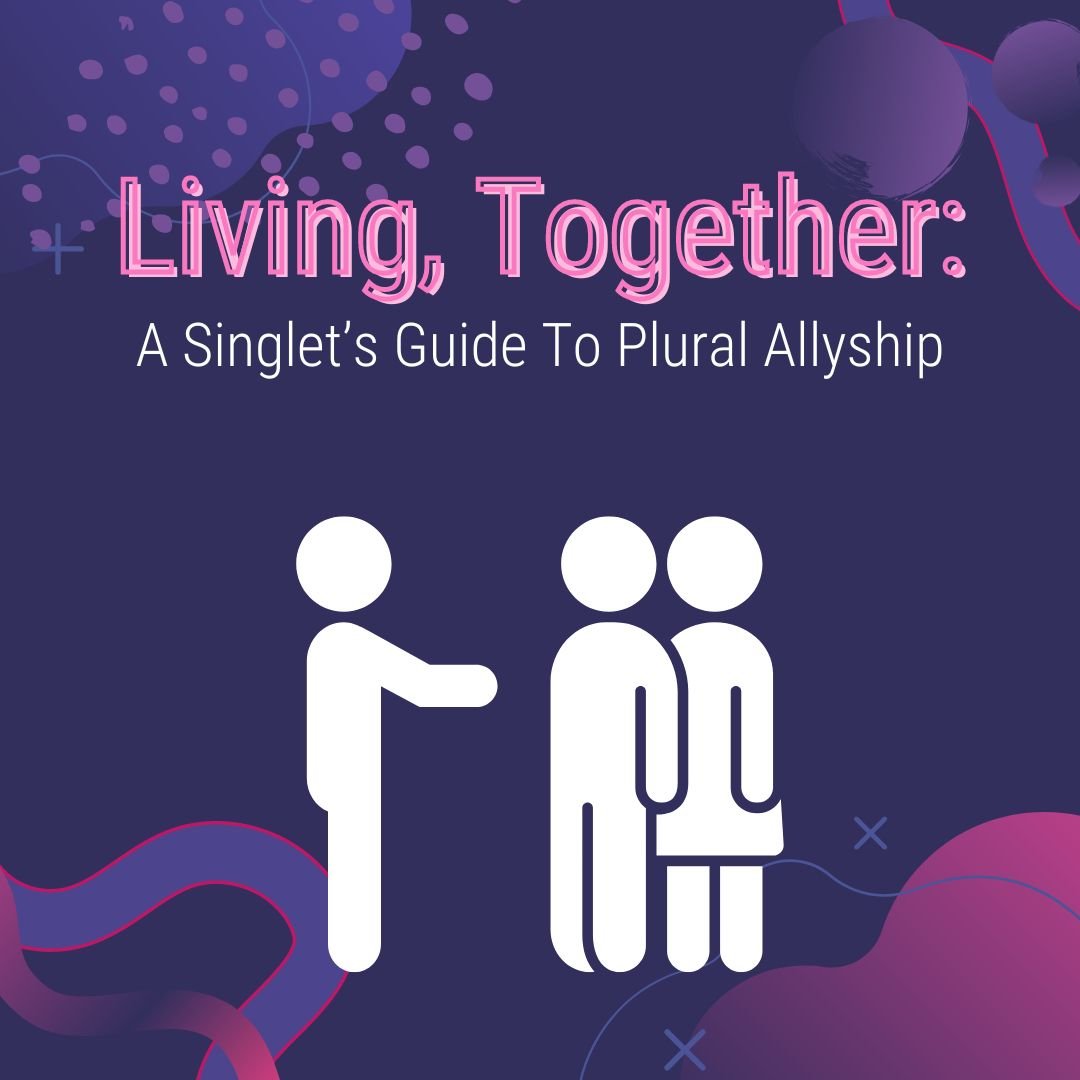Each year on April 6th, the asexual (or “ace”) community and its allies celebrate International Asexuality Day. This is a day to center the identities, experiences, stories, and struggles of anyone who identifies along the asexual spectrum—estimated at just under 2% of the population.
Historically, asexuality has been left out of many popular and scholarly discussions of sexuality. Research has been sparse, and there has been a tendency within the medical establishment to medicalize or pathologize asexuality, treating it as a condition to be cured. Recently, however, AASECT (the American Association of Sexuality Educators, Counselors, and Therapists) made their position clear that “asexual and ace-spectrum identities are not mental, developmental, or sexual disorders” and that “[in] the same way that the field of sexuality has denounced the pathological positioning of homosexuality, sexual fluidity, queer orientations, trans identities, and non-binary identities, sex educators, counselors, and therapists should do the same regarding myths perpetuated about asexuality.” This is a major step forward in the goal of validating and normalizing asexual identities.
So what is asexuality? Put simply: to be asexual is to experience little-to-no sexual attraction toward other persons. Even that simple statement, though, can invite a lot of confusion, so let’s take some time to expand and clarify.
